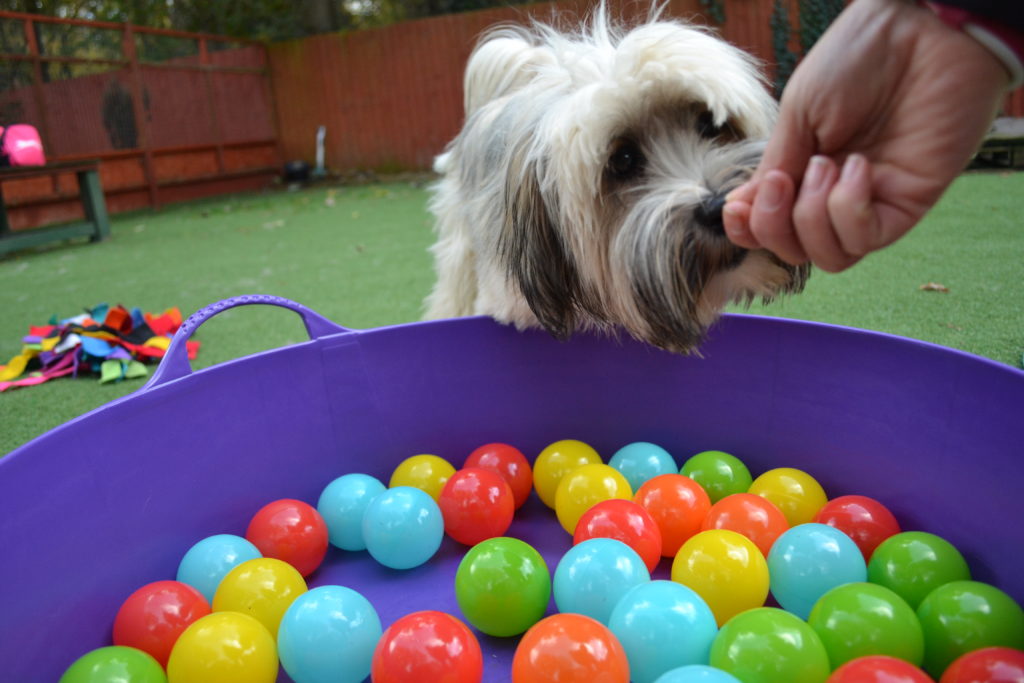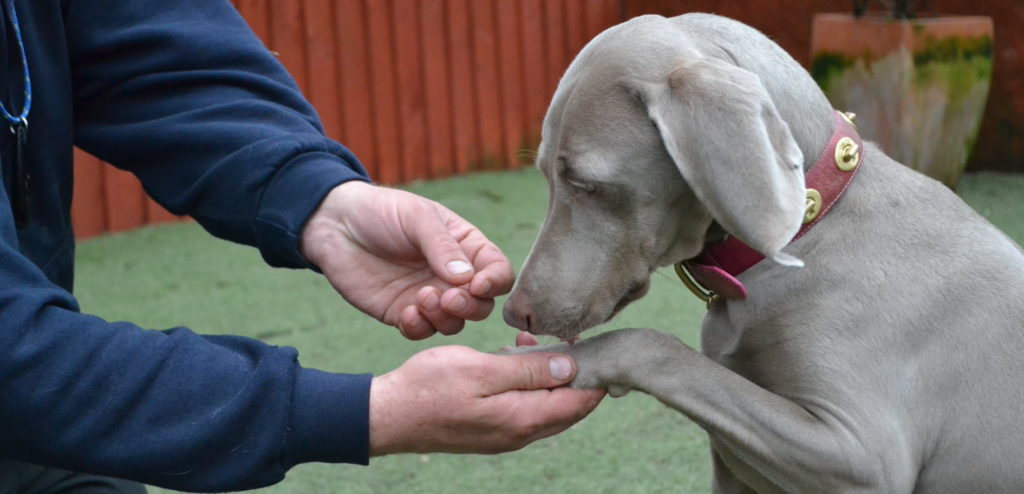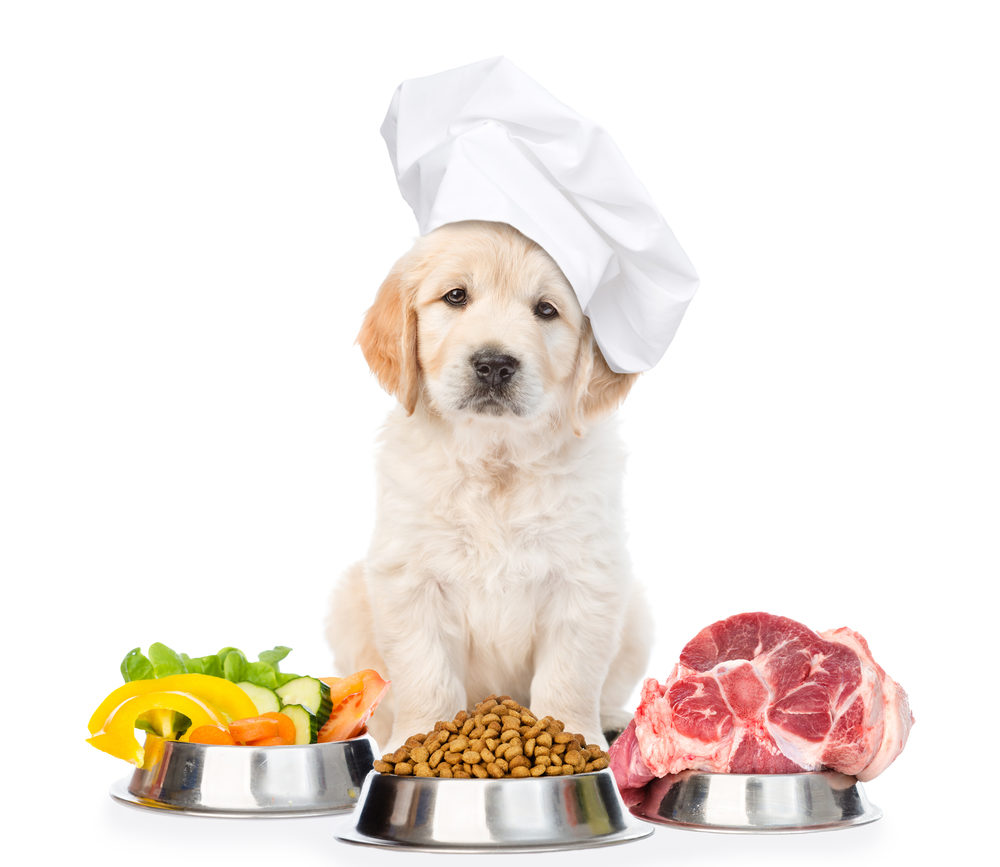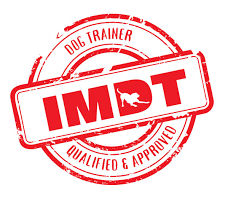I wanted to write an article to help new owners maximise rewards in puppy training. As we all know, rewarding our dogs for good behaviour is a great thing to do. It should always be encouraged. Where I think lots of new puppy owners get confused about is what rewards to use, why to use them, and how. This is a big subject, but for this article, I just wanted to focus on types of rewards to use with examples of when they’re used. Hopefully, you’ll find another article on our website that will help in the other areas. Visit our blog page to see what we’ve written about.
Food Rewards In Puppy Training: What Are The Basics?
I always recommend my clients to use an array of rewards. Basically, whatever floats the puppy’s boat! Whenever you find an interest, explore that interest and maximise and use it appropriately in training. One reward you always have to hand is you. And that’s the best reward of all. Every other reward just supports you, as you are the one always dishing out the treats for whatever occasion.
The reward your puppy will appreciate the very most from you is a food reward. It’s extremely rare for this not to be the case. I appreciate that some owners think that their puppy isn’t turned on by food. But, I urge them to take another look at the situation and perhaps ask a seasoned dog owner or a professional for advice. It’s a good thing if your puppy is excited by other things like balls and toys. However, the number one treat is usually food. The principles discussed later apply across the board in high value and low value. But, it’s easier and more applicable when referring to food as we all know what our high value and low-value preferences are when it comes to that!
Respecting The High-Value Treat!
When something is always available, no matter what it is. the attraction can diminish over time. This should be avoided. When using your high-value treats, it’s important to ensure the size of the treat is very small. How small is small? Basically, you need to be able to pick it up and deliver it to your puppy. Your puppy needs to be able to smell, taste, touch and of course enjoy it.
When training puppies, I advocate the delivery of treats very frequently. It may seem continuous at times, but constantly rewarding your puppy is a good thing to do. Delivering large pieces of chicken or cheese is obviously not great. This leads to the very real need to deliver it in small pieces. You may have been put off using food rewards in puppy training as you may have read that they are bad for various reasons. However, I can assure you that if you keep them small in size and use common sense, food rewards are a great tool in your puppy training toolbox.
I usually recommend having three levels of food reward. These three levels ideally should be accessible wherever you are when you are training or motivating your puppy to follow or take your direction. It’s good to purchase a treat bag (this is my recommended one) that is washable and has a number of areas to carry various food types or personal belongings. I strongly avoid having various food types in one area for obvious reasons. There are new treat bags/pouches available all the time. I’d really appreciate hearing from you which types work for you. I want to design and manufacture our own but that’s another story for another day…
Low-Level
The lowest level of food reward in puppy training is usually your puppy’s regular daily kibble. As it’s their usual diet it will be the right size and palatable for them. I suggest measuring the daily quantity and setting aside some. Then, you can use that with unrestricted quantities throughout the day for training purposes. You can use what’s left in the puppy’s regular meals at the appropriate time that works for you. As this is the regular your puppy has every day, it’s the lowest level food treat in the hierarchy. As a related side point, I recommend that your puppy’s regular meal should really be removed 15 minutes after the meal has been given. This helps in many areas, including training.
Mid-Level
For a mid-level food reward, I suggest another dry food type. It should be more palatable and yummy. So, this type of product will usually be classed as a treat at your favourite pet food retailer. This product again will be in its own area of your treat bag and will be accessed by you at the appropriate time in your training.
High-Level
Now that we have covered the low level and mid-level food rewards in puppy training, we move onto the all-important highest value food reward. In my experience, this is usually cheese, ham, chicken or hot dogs. It doesn’t really matter what your puppy likes best, but it’s good to try out different foods so you know what works best for you and what motivates your puppy the most. Although the wet food items are messier and need managing in terms of hygiene/expiration dates, it’s worthwhile in training terms to have this level of reward available.
The small pieces of your chosen food type would usually be placed in the main pocket of your treat bag, a place where you have easy access. You never know when your puppy could offer a behaviour that you have been working on previously. It would be really great to catch that behaviour by delivering a really tasty food reward. As you will know or are about to find out, timing is so important when training your puppy. Having the rewards and the accessibility can be a skill in itself!
When To Use Food Rewards In Puppy Training
It’s challenging to write which type of food rewards should be delivered in which type of circumstances. However, as general guidance, the low-level food reward would be delivered when a behaviour has been taught. It’s used when you are affirming that your puppy correctly understands the direction you have been giving and that the puppy is amazing and that you are very happy.
It’s not finite but generally, I use the high-value food rewards when teaching puppies new behaviours. If they even signal in the right direction I deliver a really yummy reward. I continue to do so while the puppy is on a roll. At all times, you should be giving various levels of appropriate body language and verbal encouragement. Food rewards are great but no substitute for enthusiastic praise from you. As previously stated, the food reward is to support you but it does a great job of communicating to your puppy that you are really happy with their recent actions.
Personally, I feel the need to have a mid-level of food reward. I use this level when I want to reward the puppy in a more significant way than delivering the puppy’s regular kibble. I like having the wow level for the new stuff that your puppy is learning. It’s also really good to acknowledge and appreciate when your puppy is displaying previously trained behaviours in a pleasing way.
Demonstrating these human behaviours is much easier than writing them! But, I like to share good practise so that new puppy owners can try and break through the noise that’s out there in terms of what we should do with our puppies and how we should rear them. I hope you found this article of use. I would really appreciate any comments and any suggestions for future articles in the comments section.








Leave A Comment